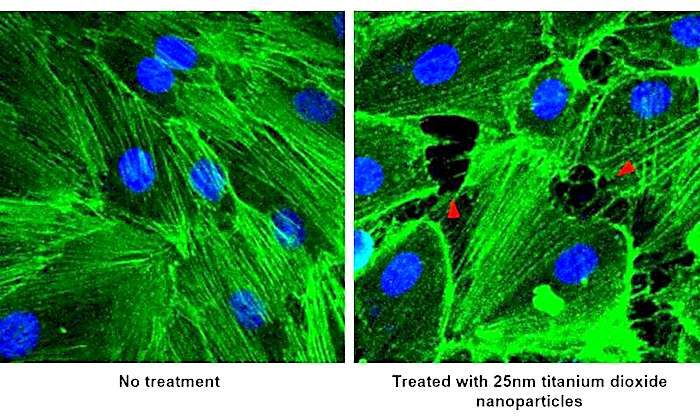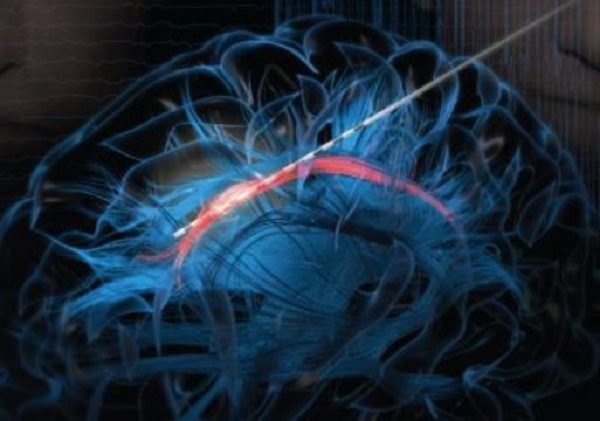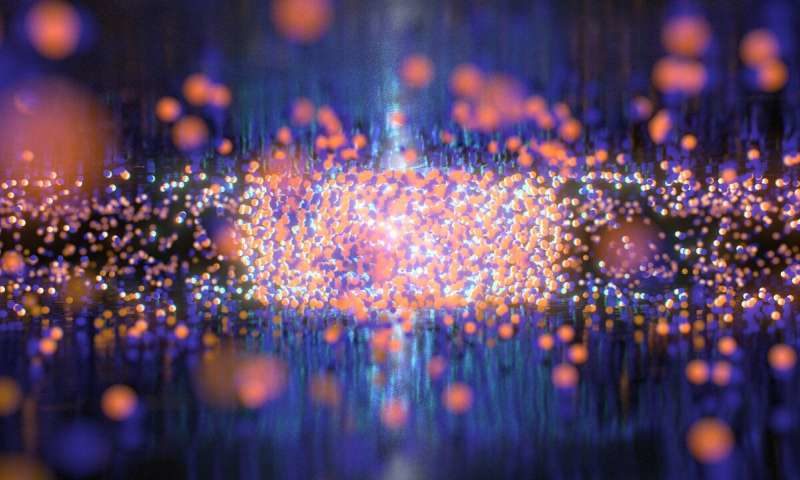
© National University SingaporeWhen blood vessel cells (left) are treated with a short exposure of titanium dioxide nanoparticles for 30 minutes, cell-sized gaps (right) began to form. These gaps can be exploited by cancer cells to migrate out of the primary tumour or from blood circulation. Researchers from the National University of Singapore also observed this phenomenon for other common nanoparticles made from gold, silver and silver dioxide.
Nanoparticles can be found in processed food (e.g. food additives), consumer products (e.g. sunscreen) and even in medicine. While these tiny particles could have large untapped potential and novel new applications, they may have unintended and harmful side effects, according to a recent study by researchers from the National University of Singapore (NUS).
Specifically, NUS researchers found that
cancer nanomedicine, which are designed to kill cancer cells, may accelerate metastasis. Using
breast cancer as a model, they discovered that common nanoparticles made from gold,
titanium dioxide, silver and silicon dioxide -
and also used in nanomedicines - widen the gap between blood vessel cells, making it easier for other cells, such as
cancer cells, to go in and out of "leaky" blood vessels.
The phenomenon, named
'nanomaterials induced endothelial leakiness' (NanoEL) by the NUS team, accelerates the movement of cancer cells from the primary tumour and also causes circulating cancer cells to escape from blood circulation
. This results in faster establishment of a bigger secondary tumour site and initiates new secondary sites previously not accessible to cancer cells.













Comment: See also: